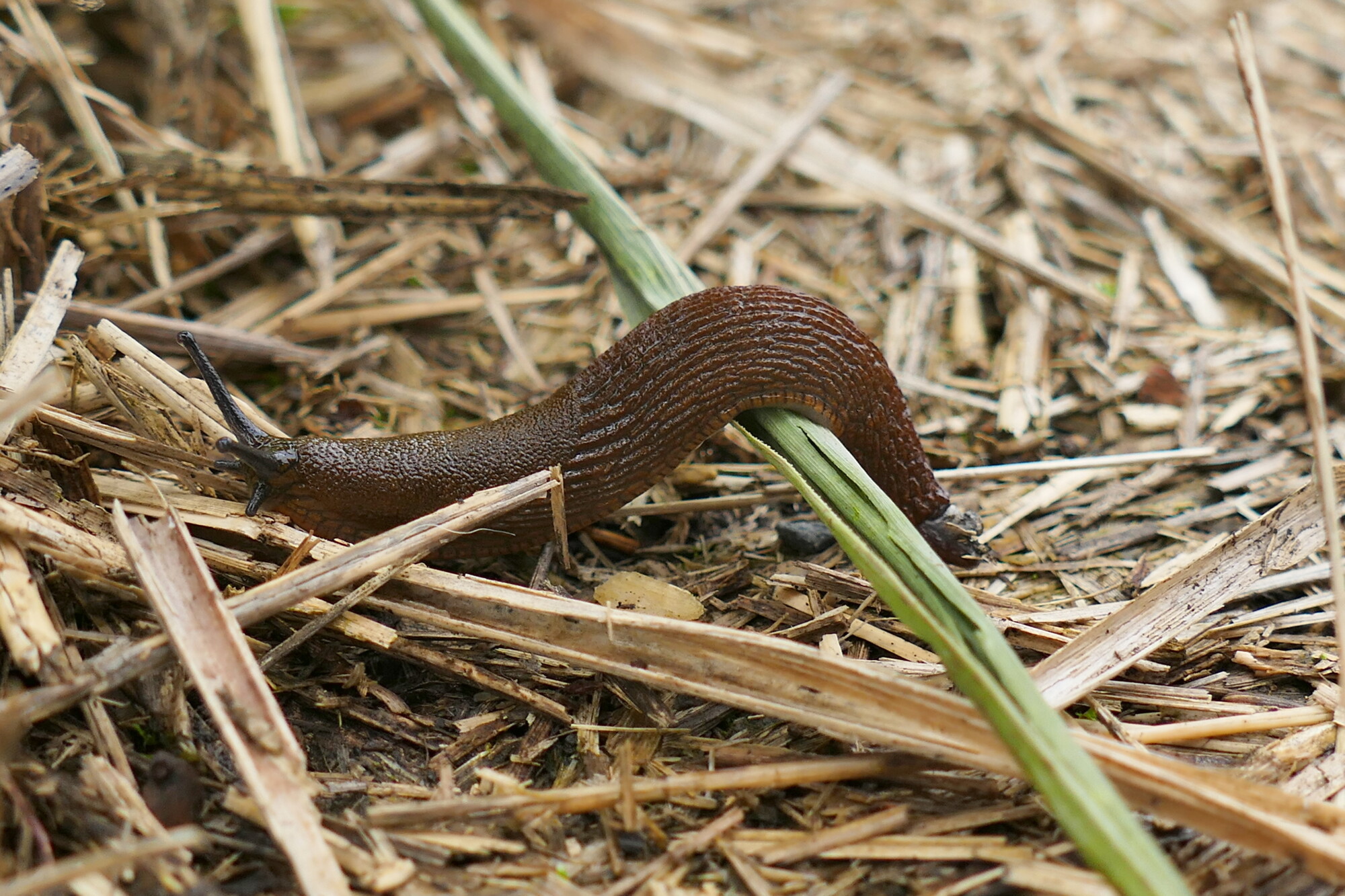Ferric phosphate must be key player in ICM programmes
12th August 2021
With the phasing out of metaldehyde and a wet season farmers may need to update their programme to stay ahead of slugs. According to the latest tests ferric phosphate must be key player in ICM programmes.
Poor seedbeds, especially on heavy land, plus the revocation of slug specific pesticides, means seed hollowing will feature strongly this autumn without implementing appropriate cultural and chemical control options.
“The unique formulation of De Sangosse Ferrimax Pro (containing 24.2 g/kg ferric phosphate), with good ballistics and spreadability, has meant it’s been a pretty seamless transition from metaldehyde, plus the label allows us to treat the field up to seven days prior to drilling allowing us to control the slug problem before we sow the field.”
Mr Purvis conducted some of his own efficacy trials when metaldehyde was still available, by using Ferrimax Pro on the headlands, as part of the ongoing metaldehyde stewardship programme. What he found was that the slug kill on the headlands was consistently as good, if not better than the metaldehyde in the field work.
On finding that the Ferrimax Pro was outperforming the metaldehyde, Mr Purvis also noted that the ferric phosphate was having a greater effect on the control of juvenile slugs. “This was interesting, as the juveniles are usually the most aggressive feeders,” he notes.
Test baiting is always essential on any crop to firstly assess the need for control and then to establish the slug population number and Mr Purvis always looks to apply Ferrimax Pro at approximately 40 baiting points/m 2 and at a maximum spread width of 12m and a maximum rate of 7kg/ha.
“Although Ferrimax Pro can be spread, evenly up to 24m, spreading at any distance further than 12m tends to work more efficiently for us,” he explains. “We can also apply Ferrimax Pro up to a maximum dose of 28kg/ha with a minimum of 5 days between applications.”
Ferrimax Pro is recommended across a wide range of cereal, roots, vegetables and salad crops and stops slugs feeding almost immediately, but the pest often then retreats below the soil surface and dies between three and six days after application. For this reason, Mr Purvis explains that the effects can be less obvious than with metaldehyde (no slime trails will be visible), so it is important to observe the renewed growth of the crop rather than look for dead slugs.
“Either way, it’s reassuring to know that with ferric phosphate we have a product that is not only as effective as metaldehyde used to be, but doesn’t suffer from the same restrictions.”


